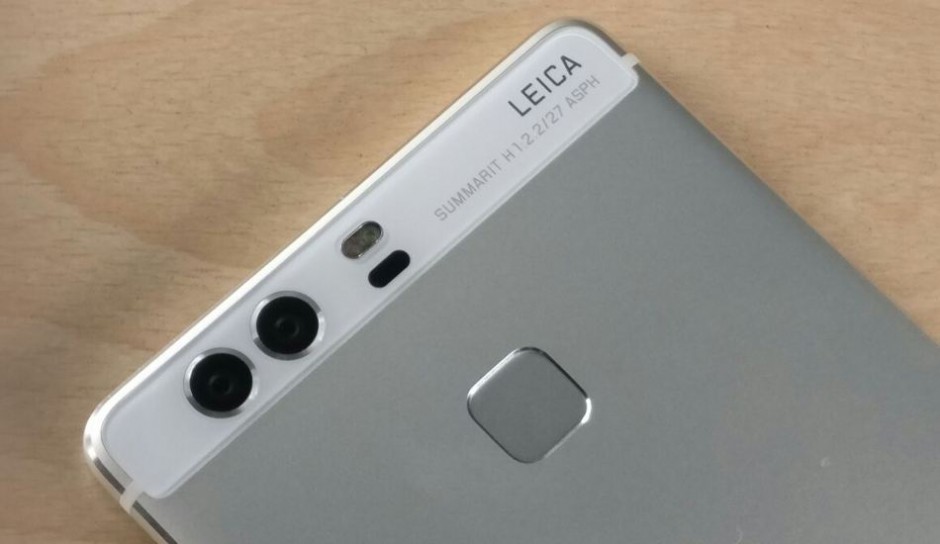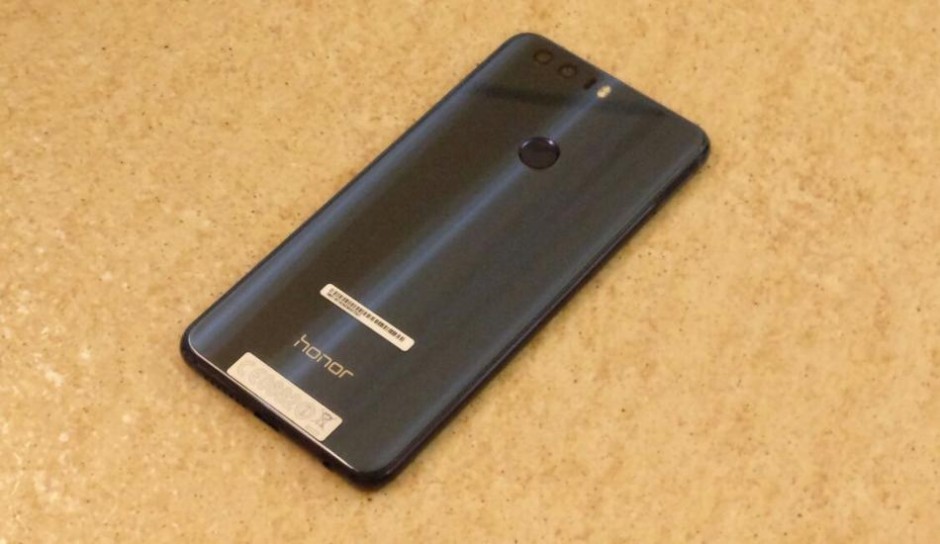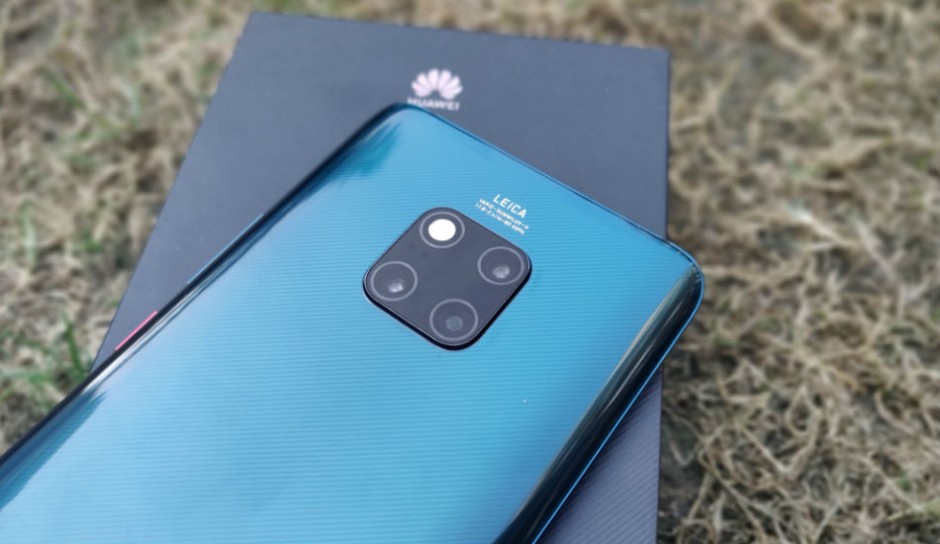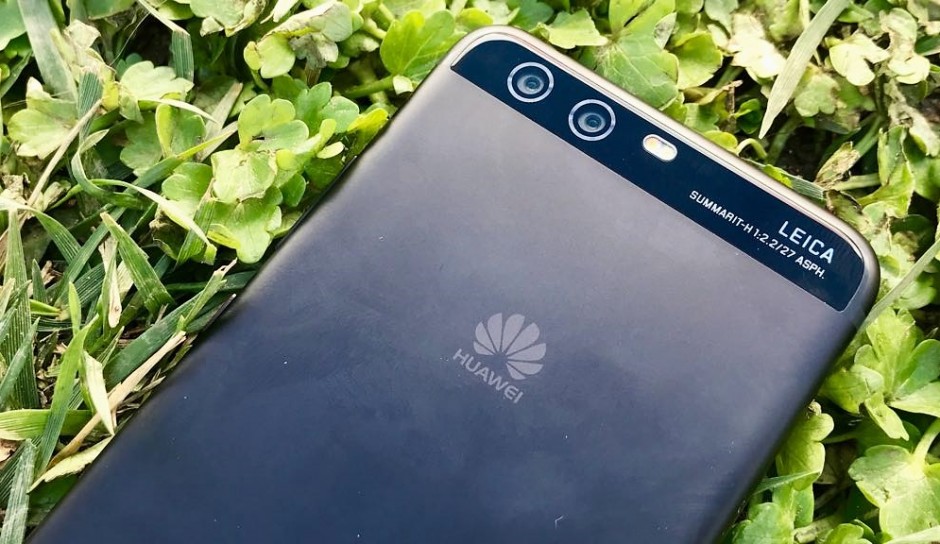There was a time when the presence of a camera on a smartphone was touted to be a joke much like why tablets came into existence. In just under a decade, the game has changed and you’d be called insane if you go ahead and purchase a phone without a camera and it’d be even more insane if you actually found such a device that exists.
Smartphone photography has thus come a long way from a dainty 0.3-megapixel sensor on the Sanyo SCP-5300 to the triple camera setup on the Huawei Mate 20 Pro which is considered the best smartphone camera on the market. Today, we’ll be looking at Huawei, its sub-brand Honor and their efforts which lead them to be a force to reckon in the smartphone camera game. For the purpose of making this read-worthy, we’re skipping the start of the smartphone camera revolution to get to the stage where dual camera lenses came into existence. Here’s to note that we’ll still be relatively comparing Huawei and Honor’s developments with their counterparts at the time but we might keep it short.
How dual camera smartphones came into being
It’s 2019 and we’ve already seen phones employing four cameras for primary imaging. That’s really a lot of cameras when you come to think that a single camera was all you deemed necessary on a smartphone four years ago. So what brought all of this change? How did the multi-camera come into existence? Do we really need these many Sensors in the first place? We’ll answer all of these questions but let’s first have a brief history.
The year was 2007 when Samsung launched a Flip phone but that wasn’t heard of because of its South Korean exclusivity. Four years later, LG and HTC announced the Optimus 3D and Evo 3D phones but the devices were never aimed to achieve what dual camera smartphones are made to do now and were simply released to get special 3D photos which were a hype at the time being. In the years leading to the actual realisation of dual cameras, HTC kept on introducing phones with two cameras but they were nothing short from gimmicky and it was time for a change.
The first real dual-camera smartphone
The first truly promising implementation of dual cameras on smartphones came through the launch of the LG G5 and Huawei P9, both of which were announced during the course of the MWC 2016. Both LG and Huawei made a distinctive approach to their respective dual-camera smartphones. LG went with a combination of a Wide-Angle sensor and a lower-res camera on the G5 while Huawei opted for a dual 12MP 12MP sensors, one of which lacked a colour array. The absence of a colour array filter meant better low light performance and thus a ‘monochrome’ camera came into being on smartphones.

Huawei P9 Device Pictures | Huawei P9 Camera Samples
To understand how this worked as good as a regular camera with a large sensor, Huawei revealed that the P9 clicks pictures simultaneously on both the sensors and creates a whole picture with details from both. The colour camera will click coloured pictures that people want to see and in addition to rich detail and sharpness from the Monochrome lens, the picture will be able to offer a decent dynamic range, highlights and shadows. This kind of a setup brought a workaround for bringing pictures of superior quality pictures without wasting space to integrate a larger sensor when smartphones were getting thinner.
What followed the Huawei P9
After launching the P9 in April 2016, Huawei moved on to its sub-brand Honor to introduce the Honor V8 smartphone. The Honor V8 had a lot of resemblance to the P9 and even used the exact same setup of a 12MP f/2.2 sensor paired with an identical 12MP camera that had its colour array stripped and was a monochrome sensor. The implementation of dual cameras on the Honor 8 meant Huawei was looking to broaden the availability of such a camera system slowly onto the budget lineups as well.
Honor 8 Device Pictures |Honor 8 Camera Samples |Honor 8 Review

Between April 2016 and December 2016 which saw only the Huawei P9 and Mate 9 equip a dual lens for primary imaging, Honor had launched four smartphones with dual cameras. It was first the Honor V8 in May followed by the Honor 8 in July, then the mid-range Honor 6X in October 2016 and lastly the flagship Honor Magic in December. It was a significant leap for Honor which had a growing number of smartphones with dual cameras including a budget smartphone featuring the same. The only difference was that the camera setup on the Honor 6X featured a 2MP depth sensor for the first time, something we’ve come to hear a lot about. The rest of the three smartphones came with the familiar 12MP + 12MP combo.
Honor6X Camera Samples |Honor 6X First Impressions |Honor 6X Review
Improvising dual camera systems
And then came the next stage in camera revolution as Huawei announced the Mate 9 and Mate 9 Pro in December 2016. As a means to stand out from a crowd of smartphones which were already taking the dual-camera space, the Mate 9 used a 20MP monochrome sensor and a 12MP RGB sensor, both of which were positioned behind a 27mm-equiv. f/2.2 Aperture lens. Both sensors supported optical image stabilisation and the monochrome sensor especially rendered 2x lossless zoom. The exact same setup also found its way on to the Huawei P10 and P10 Plus which released in February 2017.

Huawei P10/P10 Plus Device Pictures
[[VIDEOID=1176]]
For a year or so, dual cameras on smartphones went from ubiquitous to common and the change had some reasons linked it to Huawei and Honor. This was around the same time, users and publications both undermined the real reason why the Chinese company was releasing too many smartphones within similar price bracket, all of which looks pretty identical to one another. By the end of 2017, Huawei had Mate 10 series, Nova 2 series and P Smart under its own; and the Honor 8 Pro, Honor 9, View 10, 7X, 9 Lite and 7C under Honor, all implementing variations of the dual camera setup.
The need for a step beyond dual cameras
Till the end of 2017 or the start of 2018, we had seen the presence of five types of dual camera combinations – telephoto, wide-angle, monochrome, depth and night. The very least usage case is given to a depth sensor since any of the setups between telephoto, super-wide angle, monochrome could be used as a depth sensor. Such a sensor only came into being as a marketing strategy for selling budget phones with two cameras and Huawei was no different than its competition, releasing so-called “dual camera” phones at cheaper rates.
But the presence of four other secondary lens options meant users had to make a decision to opt for the right one that they might essentially use. Enter the Huawei P20 Pro. What Huawei did is instead of confusing users by letting them choose between a wide-angle or telephoto lens, it offered the functionality of both. The P20 Pro thus featured a triple camera setup – a first for not just Huawei but a first such smartphone in the world.
[[VIDEOID=1293]]
Huawei P20 Pro Device Pictures |Huawei P20 Pro First Impressions |Huawei P20 Pro Review
What did Huawei do?
Huawei offered a 40MP main camera, a 20MP monochrome lens and an 8MP telephoto lens, all of which combined resulted in great quality images with a vivid dynamic range, 5X hybrid lossless zoom and clear detailed visuals. The three cameras also meant users will now have room for three varied perspectives when trying out pictures at a specific scene. The P20 Pro instantly received praises from users and reviewers alike, something even Apple’s iPhone and Google’s Pixel lineup failed to.

The next time we witnessed a similarly good implementation of a triple-camera system was when Huawei announced the Mate 20 Pro. The Mate line-up took a page from LG’s V40 page and replaced the 20MP monochrome sensor with a 20MP super wide-angle lens thus offering wider use cases. The Mate 20 Pro is thus able to offer a wider field-of-view, this providing more versatility than the P20 Pro.
[[VIDEOID=1389]]
All eyes on AI

Huawei Mate 20 Pro Device Pictures |Huawei Mate 20 Pro Camera Samples
While Huawei has managed to become exceptional in terms of smartphone camera in the physical aspect, it’s yet a thousand steps behind Google’s Pixel line. This is evident from the fact that the Pixel 3 is almost on par with the Mate 20 Pro in most cases, meaning the single camera is able to match up to Huawei’s three. The answer to that is AI. Google believes the challenge is to not launch features for marketing but let the software work its magic on its own. While Huawei might already have embraced the idea of computational photography, it’s yet to polish the AI that runs on the Mate 20 Pro and once it does, we might just keep seeing triple cameras for a while more in the future.


